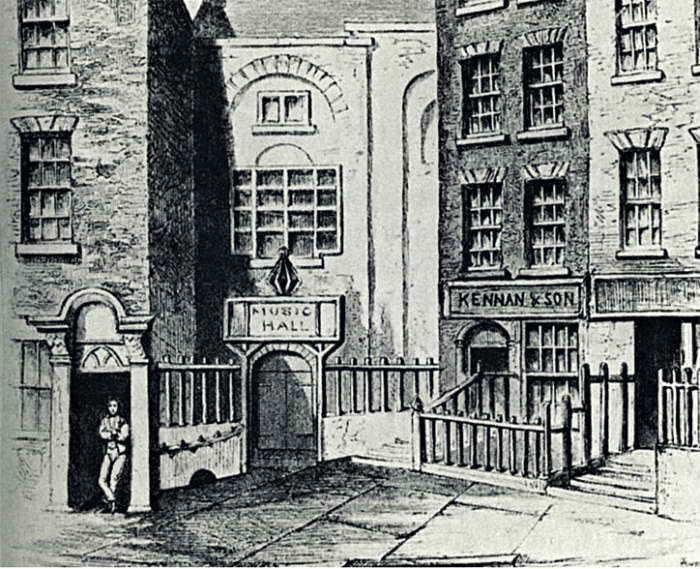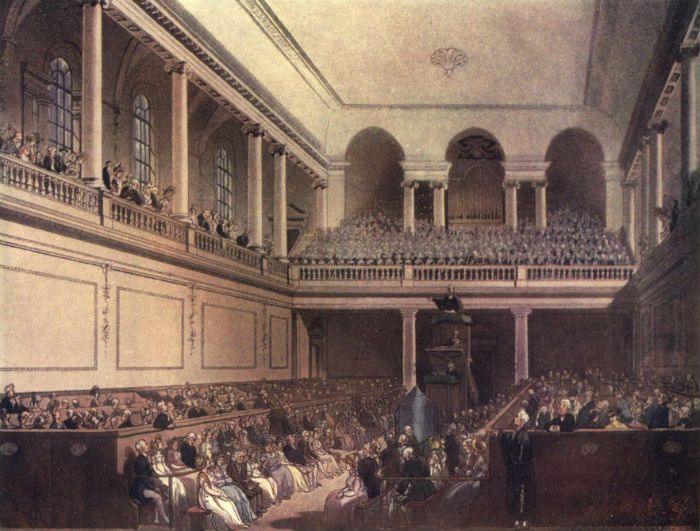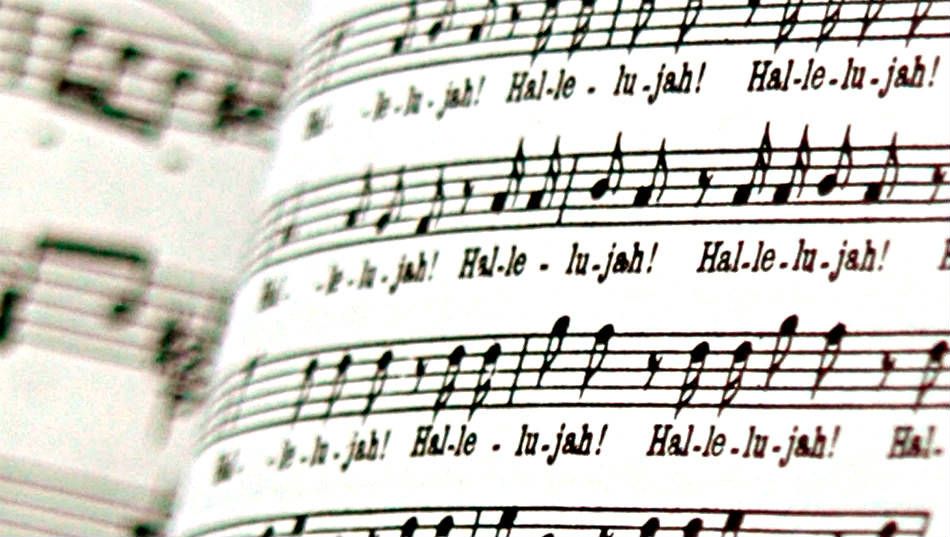The Hallelujah Chorus is traditionally performed throughout the Christian world as part of the Easter celebration. Whether it is done on the concert stage with a large chorus and symphony orchestra or by church choirs accompanied by a pipe organ, it is the part of Handel’s Messiah that traditionally brings people to their feet. The reason behind this has more to do with royal protocol than anything else.
George Frideric Handel (1685-1759) was living in London when he received an invitation from the Lord Lieutenant of Dublin in 1741 to write a new oratorio. The work would be performed at the New Music Hall, April 13, 1742. The Messiah’s English-language libretto was written by Charles Jennens. Oratorios were based on sacred texts but did not have the scenery or costume expenses of operas. The English text was a nod to a growing trend in London that had been building during the 1730s for the words of musical works to be in the vernacular.
Prior to the premiere performance in Dublin, the management had asked ladies not to wear hoops and for men not to wear swords so that there would be room for more people. Their request was honored and a record number of 700 people attended the performance. The crowd wanted to see Handel, whose fame was already at the superstar level, and Susannah Cibber, the contralto soloist, who was involved in a scandalous divorce.

The Dublin performance was a huge success. The proceeds were divided among three charities: Mercer’s Hospital, the Charitable Infirmary, and prisoners’ debt relief. That initial success did not carry over to the early London performances. The London premiere was held at the Covent Garden Theatre, now the Royal Opera House at Covent Garden, on March 23, 1743, during the reign of George II. The theatrical location for the performance of a religious work was one of the criticisms by the press. It was in London where the tradition started of standing during the Hallelujah Chorus.
The Messiah is in three parts beginning with the prophets foretelling of Jesus’ birth and the Christmas story. Part two leads up to and includes the crucifixion and resurrection–the Easter story, and the third part is the spreading of Christianity and eternal life. The Hallelujah Chorus is at the end of the second part. The king was supposedly at the performance and stood up during the Hallelujah Chorus. According to royal protocol, when the king or queen stands, everyone else must stand and remain standing until the monarch returns to his or her seat.
There has since been a lot of speculation as to why George II stood or if he was even present at the performance. One letter written 37 years after the London premiere confirmed that George II was there. He started to get up and remained standing. Another theory was that the king was so impressed with the Hallelujah Chorus that he stood. Still other theories focus on the religious text combined with when people stand during a worship service.
Handel was frequently rewriting parts of the Messiah, adjusting and adding various instruments and arias. After the initial lackluster reviews of the London premiere, he canceled some of the performances that were already scheduled. In 1750, the oratorio was presented in the chapel of London’s Foundling Hospital as a charity performance. That became an annual event from then on and continued after Handel’s death.

The oratorio was being performed more in the last years of his life. The typical number of singers included a chorus of 19 plus five soloists. The orchestra consisted of a string section, oboes, bassoons, two trumpets and horns, and drums. The last performance Handel attended was at Covent Garden, April 6, 1759. He died eight days later.
It was not until after his death that concert performances of the Messiah involved larger orchestras and choral groups. More than 270 years have passed since its world premiere. Regardless of the size of the orchestra or number of singers, whether it is performed on the concert stage or in a house of worship, and regardless of the reason why King George II stood up, protocol surrounding the Hallelujah Chorus continues a tradition that brings people to their feet.

